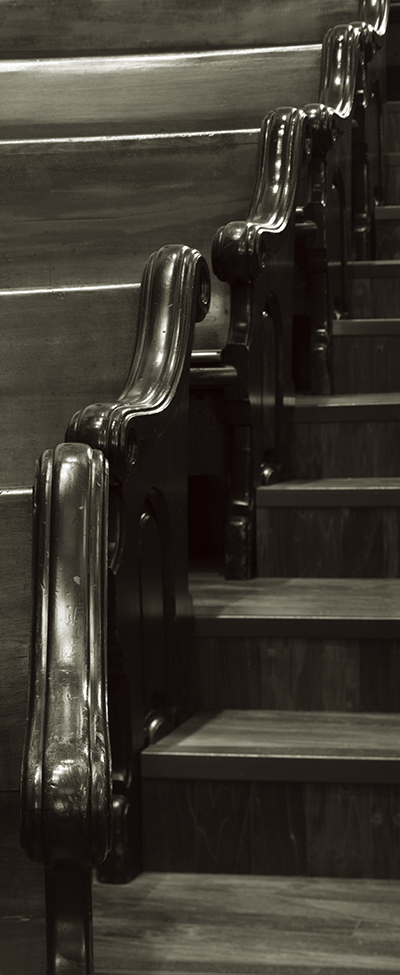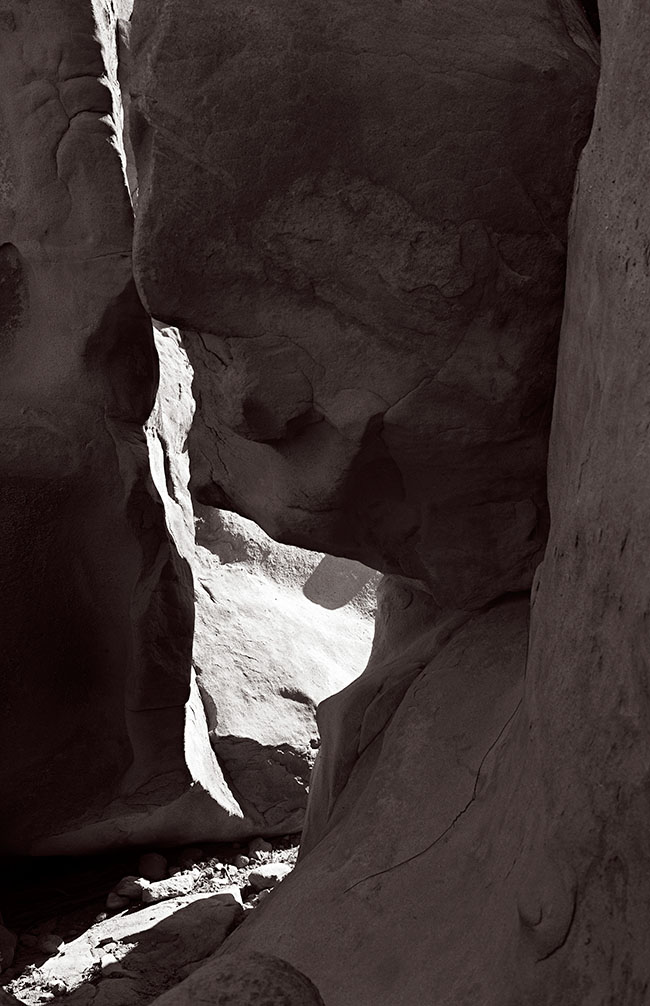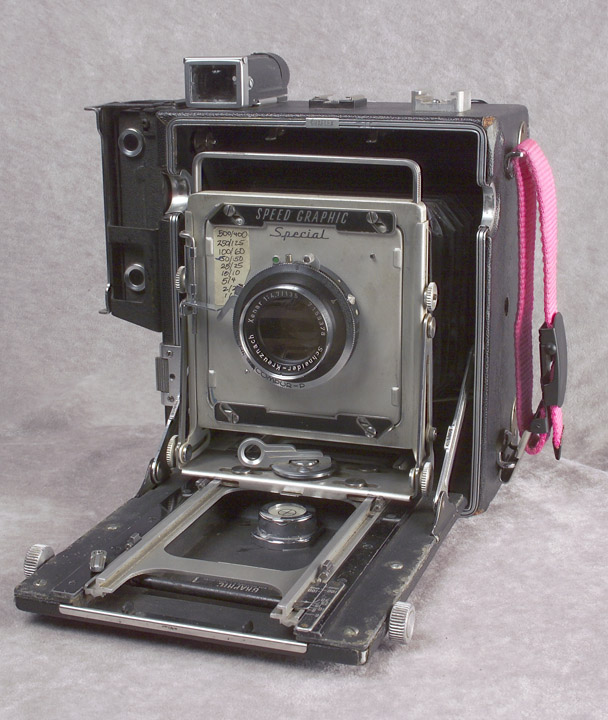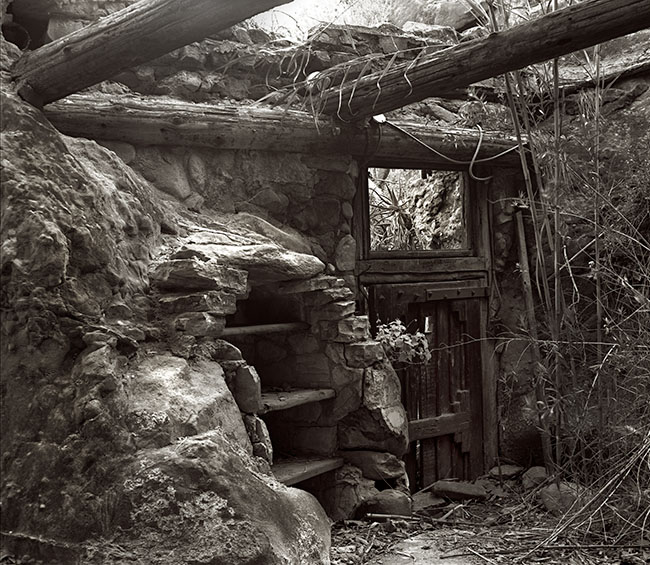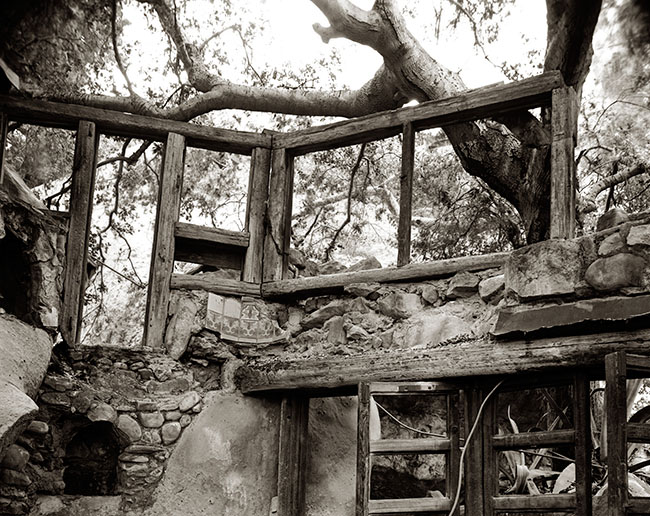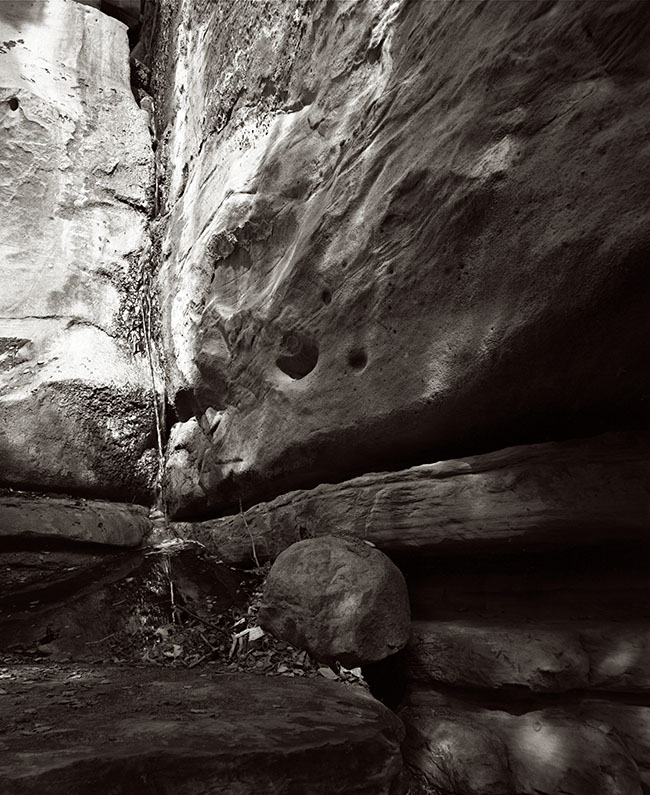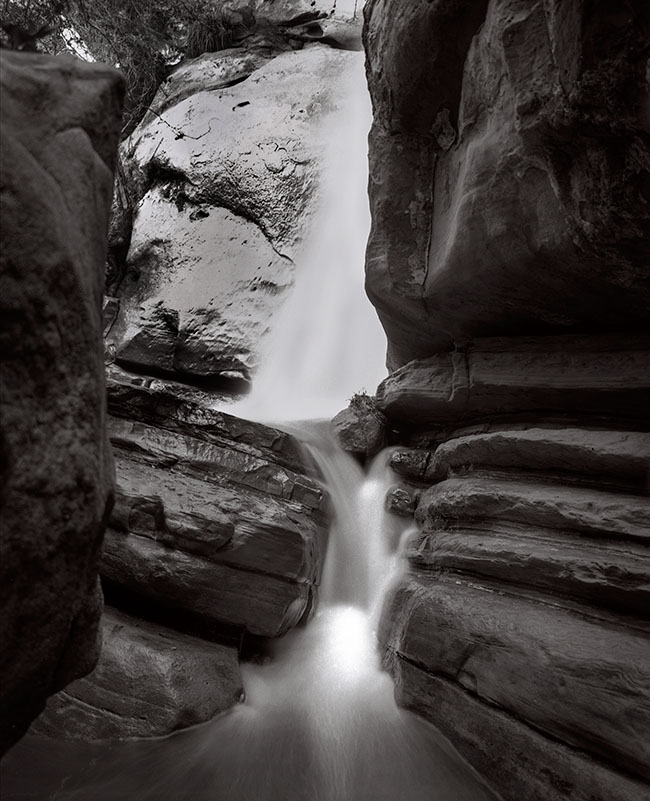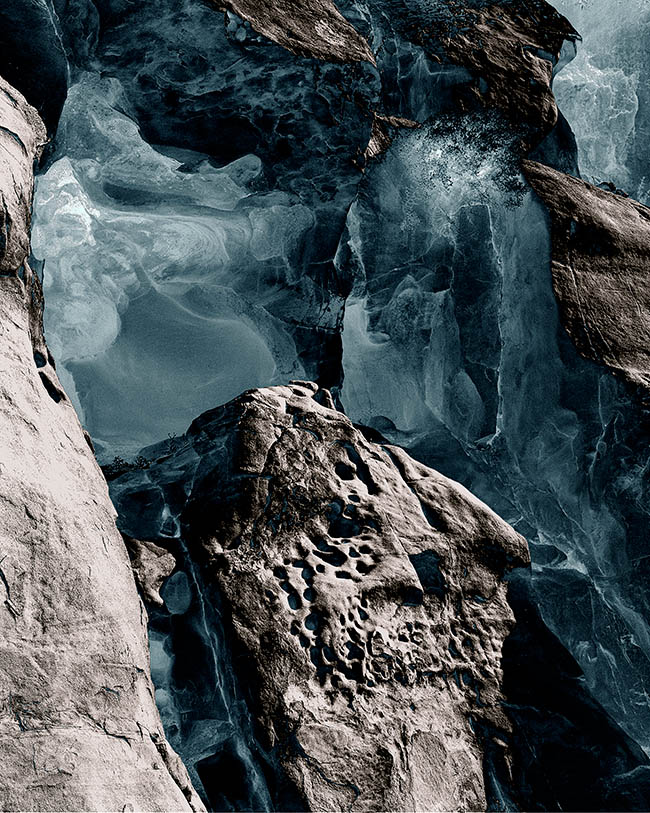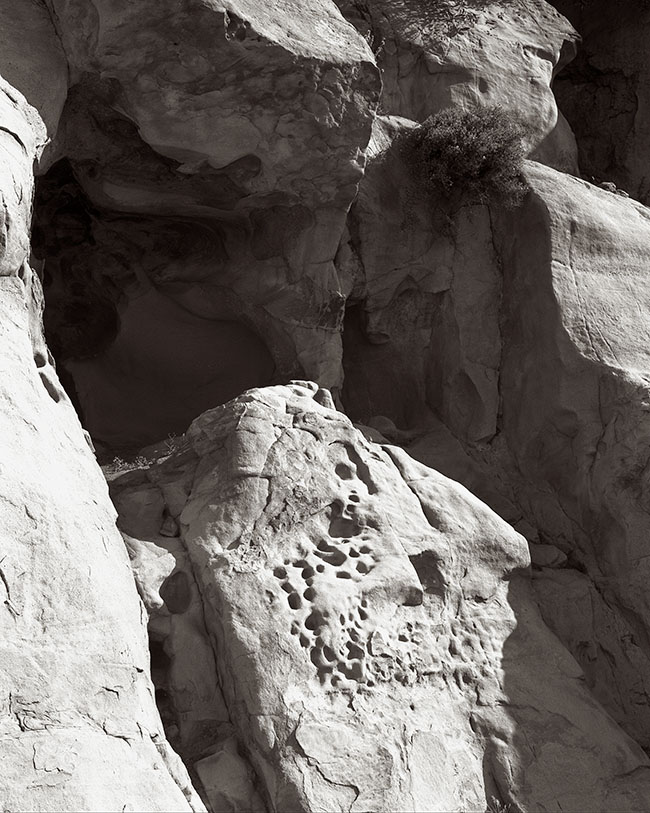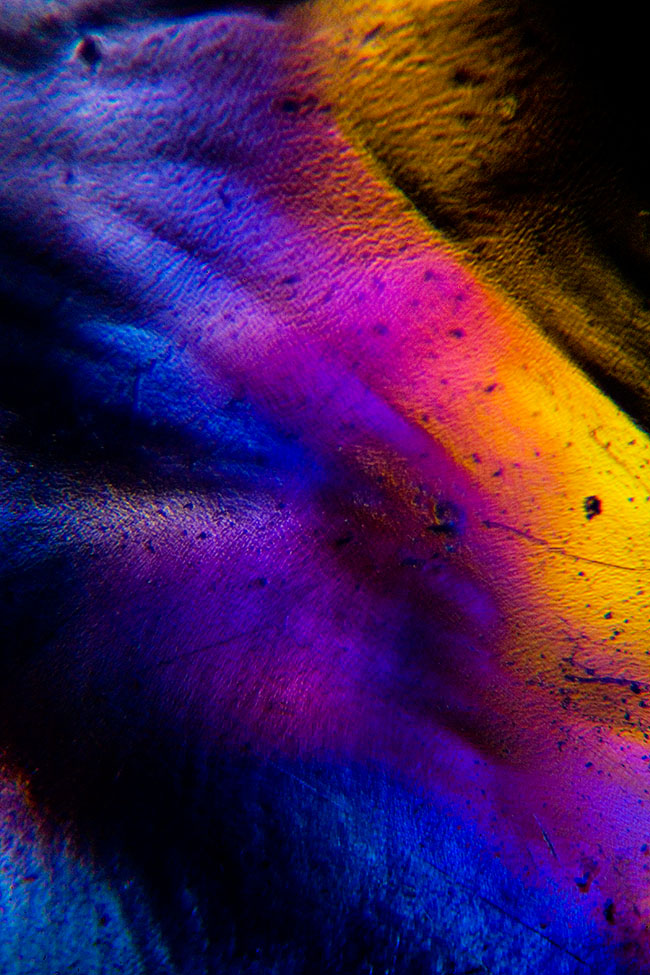This is another blog entry that will be part of my Fine Art pages, whenever they get finished. However I’m also going to add information about my evolving work with the 11X14 camera, which I hope will also interest you. I wrote about my first tests with the camera before: check out this entry: https://siskinphoto.com/blog/?p=2871.
The camera shoots an image area of 11X14 inches! Think about that as about 100 times more sensor area than my full frame Nikon D800. One of my goals for this camera is just working with an ultra large format camera. If you’ve never worked with a big film camera you probably won’t understand just how satisfying it is to successfully create with a camera like this. There is a joy that comes from making a photograph with this craft that I don’t get from just pressing a button. I’ve spent a large part of my life perfecting this work, and I just don’t want to stop.
Of course there is more than just being some sort of curmudgeon. There are a few things that you can’t do with a small digital camera. A lot of these involve inviting chaos into your images. I suppose this is why some people have returned to film photography, they don’t want instantaneous images so much as discovered images. My goal for this camera is to mix a high degree of craft and image quality with a process that allows chaotic intervention. So far I’ve been pleased with the results.
In this image you can see that the flowers are surrounded by a glow. This glow doesn’t continue around the shells and leaves the background largely black.
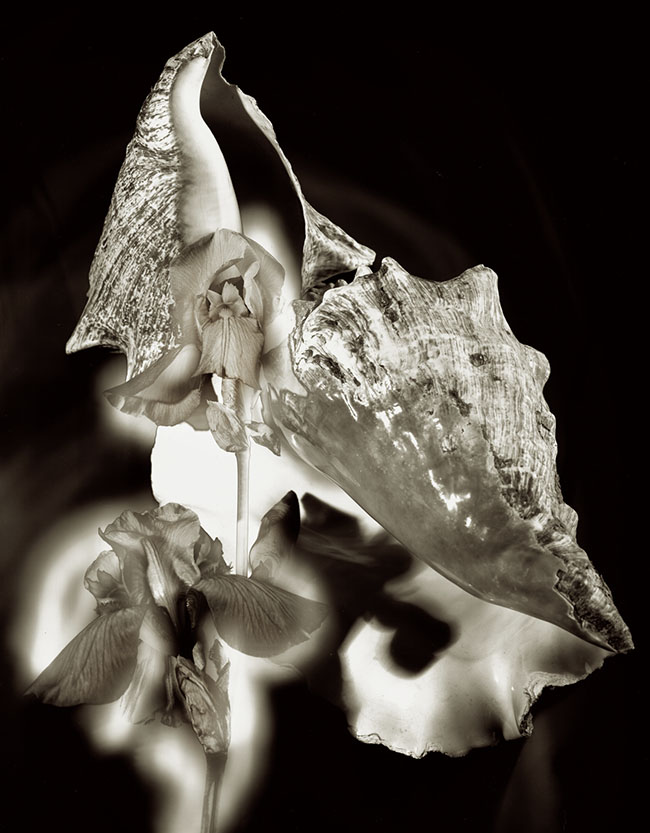
Shells #C v-1
In this alternative version there is only a single flower and the glow is mostly confined to the background.
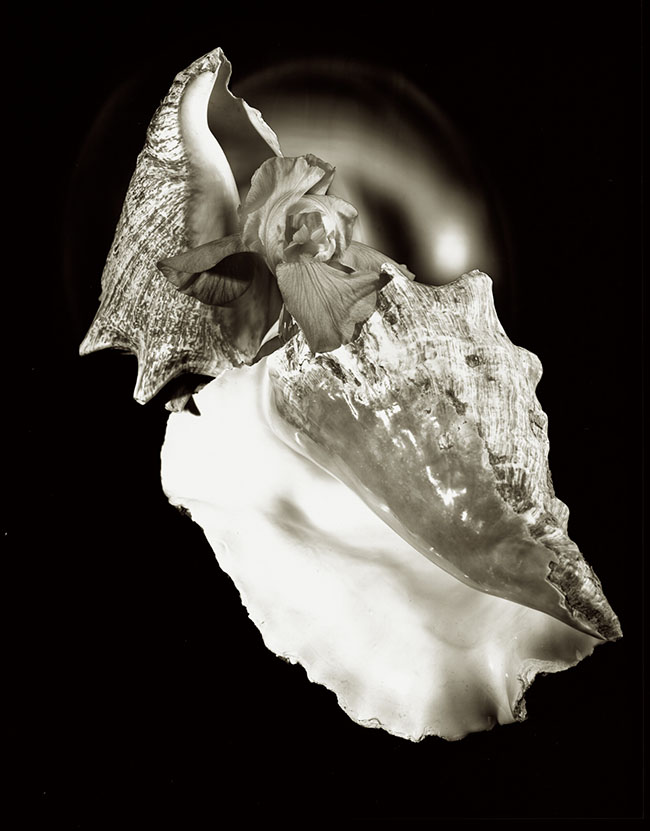
Shells #H v-1
As I mentioned in the earlier blog, I am shooting Ilford Multigrade paper. I am processing the paper in the studio as I shoot. The exciting part, for me anyway, is that I am re-exposing the paper to light during processing. This process is usually caller solarization (sometimes the Sabatier effect). Usually it’s done on the print, which makes the light areas of the print dark or black creating an overall dark image. The original mid tones of the image preserve some or all of their tone, creating an image that is partially reversed. The image below is a traditional solarization.
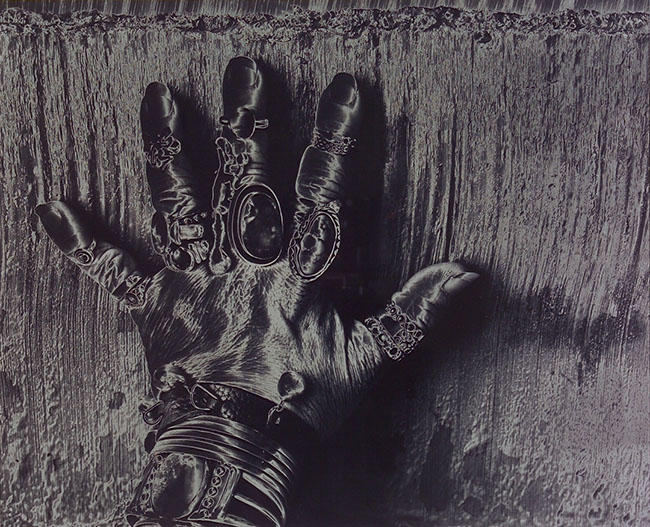
Bonnie-Hand Solarization. This is a print solarization
By solarizing the negative I’m able to add light rather than black. Because I’m working on such a large negative I’m able to control where I put the additional light. Since I’m processing as I shoot make the negatives I’m able to see how the re-exposure and my image interact.
At this point I’m only offering 11X14 digital prints. The prints are mounted and matted, and the price includes shipping in the United States. Please support the work by purchasing a print! I am experimenting with creating transparent negatives that will enable me to create various kinds of prints in the wet darkroom. I hope to make some of these analog prints available soon.
One more thing I wanted to mention: I’m offering individual workshops at my studio in Indianapolis. I’m calling these One on One Workshops. You can choose the subject and the time. I’m hope you’ll sign up soon. How about a day spent working on lighting, or even large format photograph? I hope you’ll check out the workshop at https://siskinphoto.com/blog/?p=2818. You can see other upcoming workshops on my site: http://www.siskinphoto.com/workshop.php.
I hope you’ll also check out my books, use the links below:




Now over 5000 registered users at this blog!!

